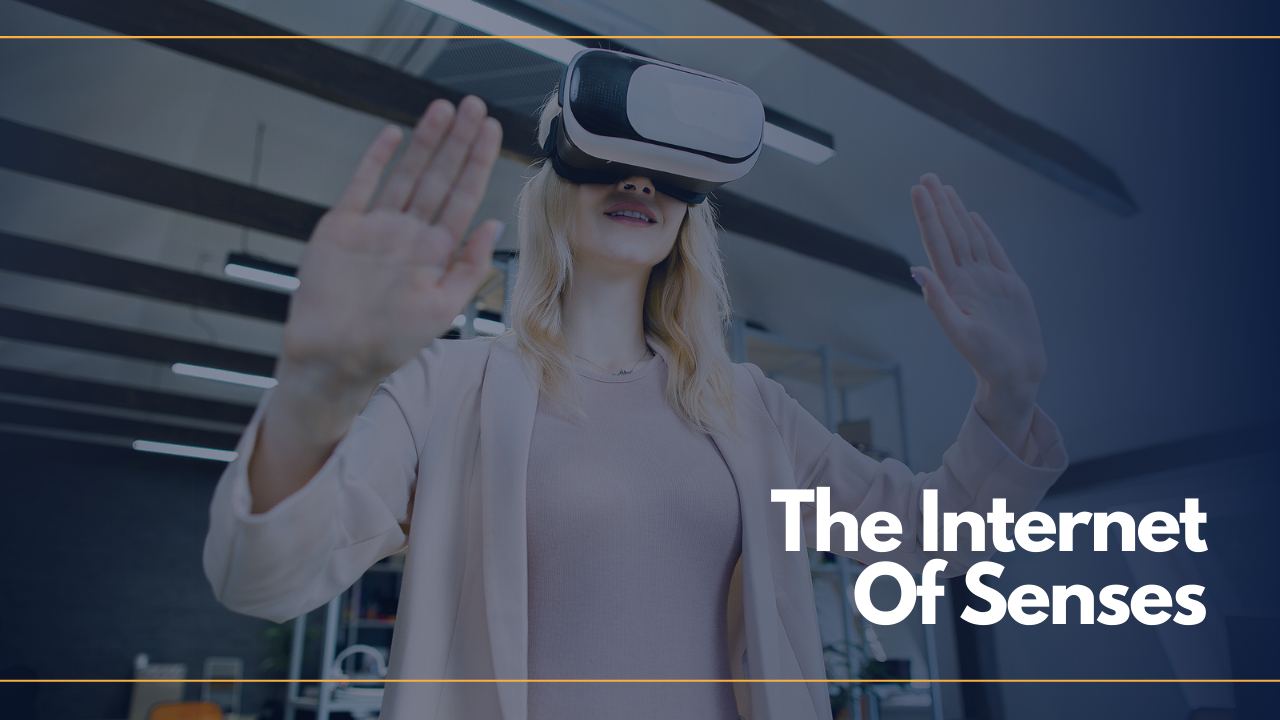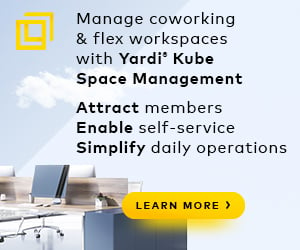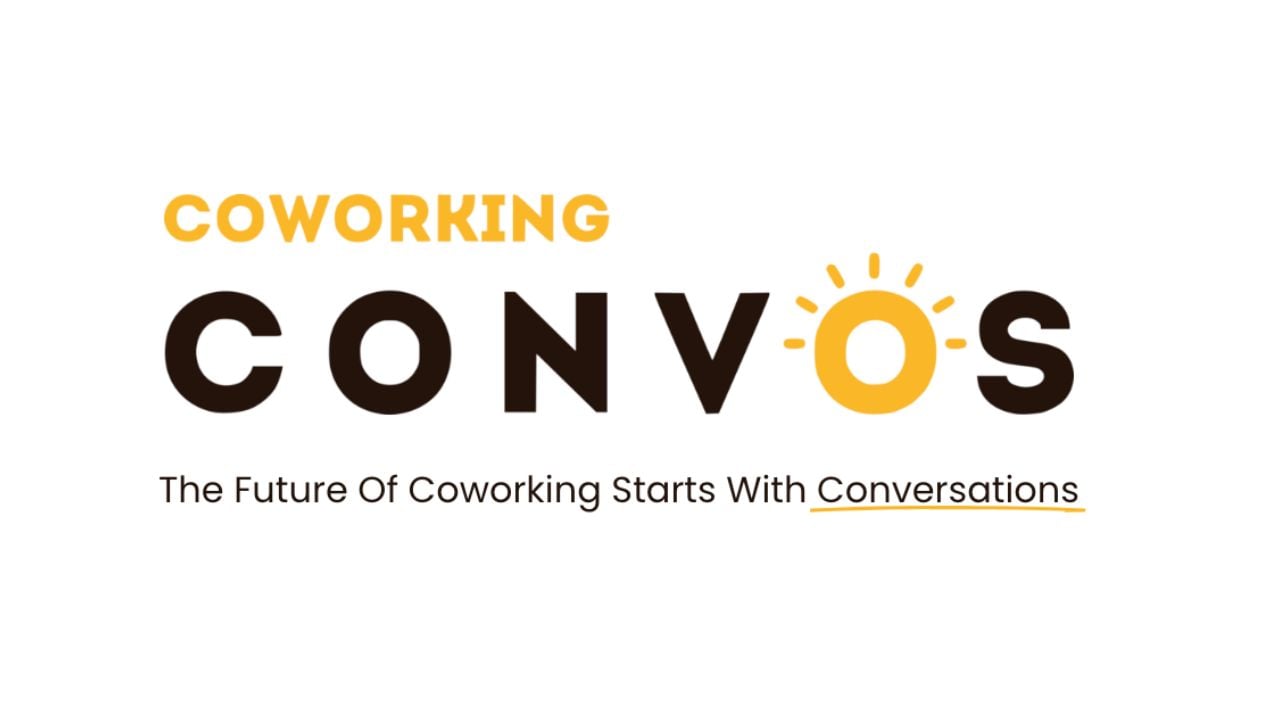- Ericsson, the multinational network and telecom company, recently released a report on their vision for the workplace 10 years into the future.
- The report highlights survey data on the technology that will form the Internet of Senses.
- Offices will become “dematerialized” with workers depending upon virtual environments that go well beyond just sight and sound to conduct business.
The technology that supports remote work has advanced quickly in recent years, with even greater demand since the coronavirus pandemic. But how much more will it advance in the next decade?
Could a virtual workplace actually allow someone working from home to be completely immersed in their environment, including sounds, smells, temperatures, and even tastes?
According to a recent report from the Ericsson Consumer & IndustryLab, by 2030, it just might.
“Working digitally today means emails, digital reports, and connecting from home via online platforms. But a decade from now, digital work life is bound to be fundamentally different.”
The report is based upon survey data gathered from almost 8,000 workers from around the globe that they classified as early adopters of Augmented or Virtual Reality (AR/VR) as well as other cutting edge virtual workplace technologies. Participants were asked about the changing nature of office work that can be expected ten years into the future based on their experience with technology now and just prior to the pandemic.
The study also acts as a follow up to an earlier report that explored consumer trends around a vision of the future that Ericsson calls “The Internet of Senses.”
What is the Internet of Senses?
As described by Ericsson, the Internet of Senses takes trends from the Internet of Things (IoT) to the next level, where the online experience goes beyond sight and sound on flat screens. The Internet of Senses includes all of the senses including touch, taste, smell, as well as temperature as part of our daily use of digital communication.
The Dematerialized Office
The report begins with a vision for the 2030 workplace based on the internet of senses becoming a reality. It is a “dematerialized office,” one in which we interact professionally entirely in virtual realms rather than physical offices outside of our homes.
In 2020, the rapid shift to remote work has already made this a reality in many ways. However, as the report notes, our current form of dematerialized office lacks the fully immersive qualities of in person interactions.
In the next ten years, digital communication will need to include touch, taste, smell, and feeling hot or cold in order to create realistic immersion. Given the increase in employees conducting more of their work digitally, and the results from the survey, it is expected that the demand for these technological advances will accelerate as a result.
Key Findings from the Survey
The report highlighted six key findings based upon respondents’ answers:
1. Employees want a dematerialized office future.
Half of survey respondents said that they want a workstation that allows them to feel like they are really present at work, wherever they are actually working from. Additionally, 6 in 10 said they want the same for virtual warehouses or stores for buying or selling products.
2. The pandemic is a digital tipping point.
6 in 10 see the recent increase in online meetings as permanent, but need more tools to better support remote interactions with colleagues, customers, and suppliers.
3. There will be environmental benefits.
While the dematerialized office will be driven by the need for efficiency and productivity, 77% of those surveyed believe it will also make companies more sustainable businesses overall.
4. The biggest areas likely to take advantage of the internet of senses? Sales & Marketing.
The use of spatial video and digital temperature could be big for customer engagement.
5. Better tasting cafeteria food?
For internal uses at companies, 73% of senior managers think that it will be possible to have digitally enhanced cafeteria food that can taste like anything by 2030 which could offset costs and increase perceived quality of the food.
6. The key barriers or challenges are security & privacy.
Privacy of employees, in particular, is a concern if colleagues or employers are able to sense too many things about you while working from home.
Virtual for More than Just the Office
Virtual full-sense environments will not be just to replace days at the office. It is also predicted that the internet of senses will be used to change other business and social environments.
Virtual shopping experiences, for example, could become the norm. Imagine being able to shop for products in a virtual environment that allows you to digitally handle products, feel the textures of things like clothing or furniture, or even smell perfumes and foods.
Similarly, virtual warehouses could be utilized by suppliers to showcase their products prior to completing a large order.
Another area of interest that the report highlights is the opportunity for unique virtual team building experiences. The report gives an example of virtually traveling to ancient Pompeii with your team, sampling the foods of ancient Rome, and even feeling the heat from the eruption of Mount Vesuvius.
Key Technologies for the Internet of Senses
What key technologies will be included or developed for the Internet of Senses by 2030? Here are some examples of the most highly ranked technological advances by survey respondents:
- Spatial video tech: The use of AR and VR will replace physical meetings or product presentations, with the ability to interact as if you were actually there.
- Sound technology: Earphones that can automatically translate between languages, devices that enable the hearing impaired to work and interact by transmitting sounds to the brain, and voice changing microphones ideal for customer support calls.
- Digital Temperature: Wearables that can simulate air conditioning like in a conference room, simulates the experience of temperature in a warehouse or store, and can mimic the temperature of any environment you are visiting.
- Digital Touch: Touchscreens that allow you to feel buttons or shapes, earphones that mimic the physical impact of sounds and loud production equipment, and wearables that use weather forecasts to simulate the feeling of wind, rain, storms, or heat waves.
- Digital Smell: Sensors that send alerts about smelly trash cans or restrooms to facilities staff, and the ability to digitally convey the scent of food or clothing for marketing, like the smell of a new car to a potential customer.
- Brain Tech: Thought-based interfaces that give you the ability to think commands to open documents or navigate your virtual environment.
- Digital Taste: The ability to convey the taste of sweets or foods for marketing, or during a shared coffee break with colleagues.
One thing is certain, ten years from now, the workplace could look, feel, and even smell, very different than it does today.

 Dr. Gleb Tsipursky – The Office Whisperer
Dr. Gleb Tsipursky – The Office Whisperer Cat Johnson – Coworking Marketing Maven
Cat Johnson – Coworking Marketing Maven Angela Howard – Culture Expert
Angela Howard – Culture Expert Drew Jones – Design & Innovation
Drew Jones – Design & Innovation Andrea Pirrotti-Dranchak – Competitive Advantage
Andrea Pirrotti-Dranchak – Competitive Advantage Jonathan Price – CRE & Flex Expert
Jonathan Price – CRE & Flex Expert Jeremy Fennema – Tech Innovation Alchemist
Jeremy Fennema – Tech Innovation Alchemist












